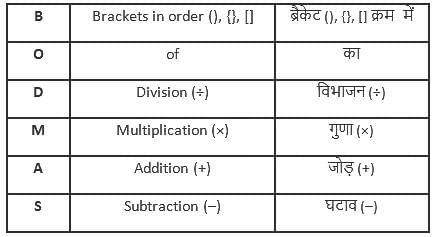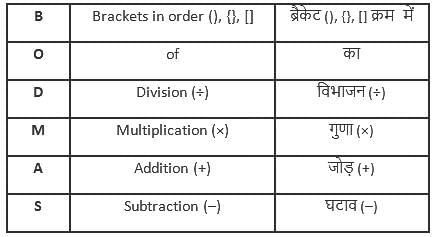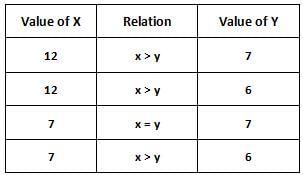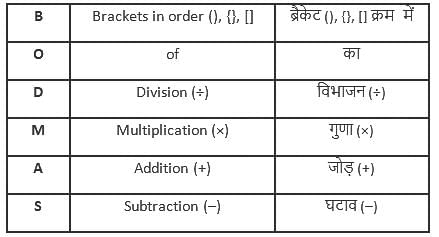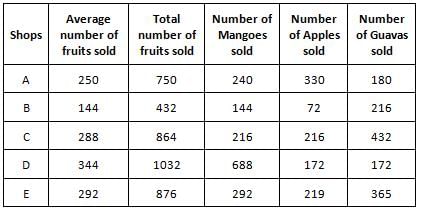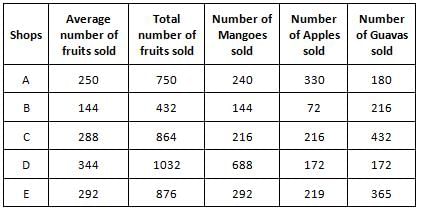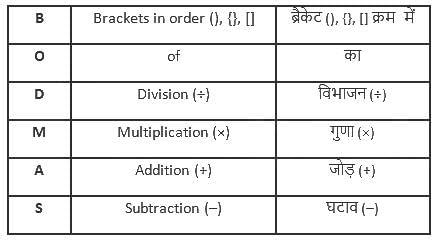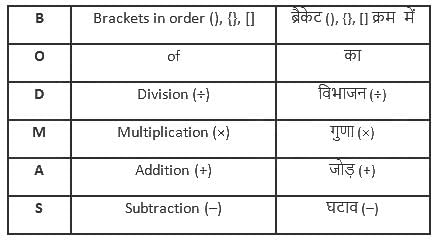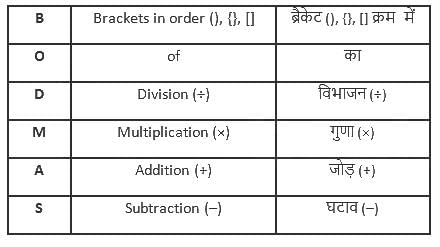Numerical Ability Test - 2 - Bank Exams MCQ
30 Questions MCQ Test - Numerical Ability Test - 2
What will come in the place of the question mark ‘?’ in the following question?
40% × 550 - 15% × 320 + 80 ÷ 4 = ? × 60
What will come in the place of the question mark ‘?’ in the following question?
1324 - 1089 + 990 = ? × 5 + 40 × 4 + 10
What should come in place of the question mark (?) in the following question?
(3/7) × 343 - 25% of 160 + 62 = ? - 1
The 3-Wheelers in Bangalore is what percent more than the 3-Wheelers in Goa?
Find the ratio of the total number of 3-Wheelers and 4-Wheelers in Pune to the total number of 2-Wheelers in Goa.
Find the percentage of 2-Wheelers with respect to all types of vehicles in Bangalore.
Find for which city the ratio of the number of 4-Wheelers and the number of 2-Wheelers is highest.
Find the ratio of the total number of vehicles of all types in Goa and Pune.
A 640 metre long train takes 160 seconds more to cross a platform twice its length than it takes to cross a pole at the same speed. What is the speed of the train in metre/second?
In the given question, two equations numbered l and II are given. Solve both the equations and mark the appropriate answer.
I. x2 – 19x + 84 = 0
II. y2 – 13y + 42 = 0
What will come in place of question mark ‘?’ in the following question?
(1200 - 870 + 31) ÷ (1400 - 678) = ?
What will come in place of question mark (?) in the following equation?
105 + 35 – 23 × 5 = √?
What will come in place of question mark (?) in the following equation?
252 ÷ 9 × 5 – 131 = √?
In the following questions, two equations numbered I and II are given. You have to solve both the equations and:
I) x2 – 4 = 0
II) y2 + 4y + 3 = 0Find the average number of Guavas sold by all five shops.
Which of the following two shops sold the same number of Guavas and Apples respectively?
Total number of Mangoes sold by Shops A, B, and C together is how much more/less than the total number of Guavas sold by Shops B, D, and E together?
What will come in place of question mark (?) in the following equation?
(121)3 × 11 ÷ (1331)3 = (11)?What will come in place of the question mark ‘?’ in the following question?
{(50% of 224 – 24) × 24% of 25} + 227 = ? – 24
What will come in place of the question mark ‘?’ in the following question?
67% of ? + 31% of 1500 = 800
What will come in place of question mark ‘?’ in the following question?
7% of 140 + 27% of 1300 = ?% of 190 – 34% of 850What will come in the place of the question mark ‘?’ in the following question?
60% of (4/7) of 630 = ?A coin is tossed 5 times. What is the probability that at least one toss results in a tail?
What approximate value will come in the place of the question mark (?) in the following question?
34.93 × 64.01 - ? = 13
What approximate will come in the place of the question mark ‘?’ in the following question?
12 of (14.72/0.9) ÷ ? = 16.24
What approximate will come in the place of the question mark ‘?’ in the following question?
?3 + 27.19 = 152 + 145.26


